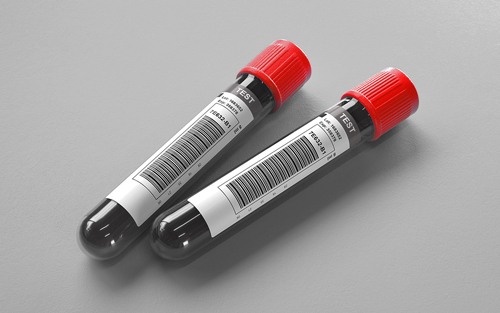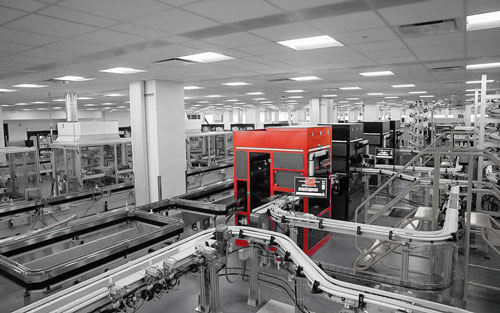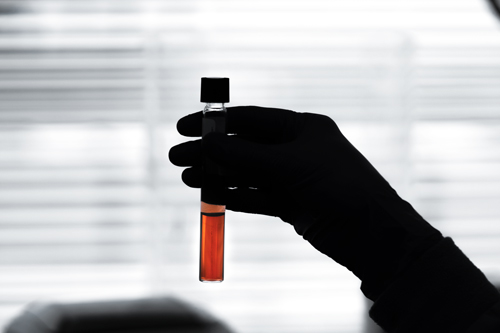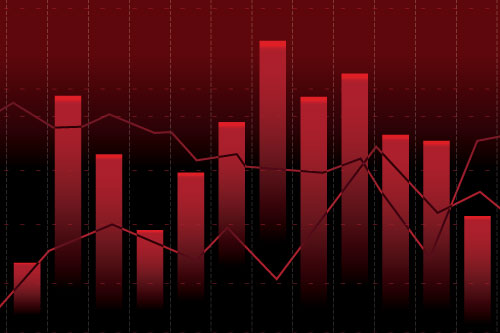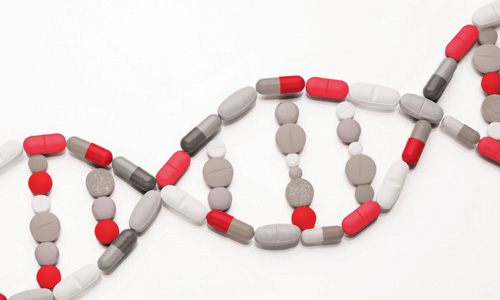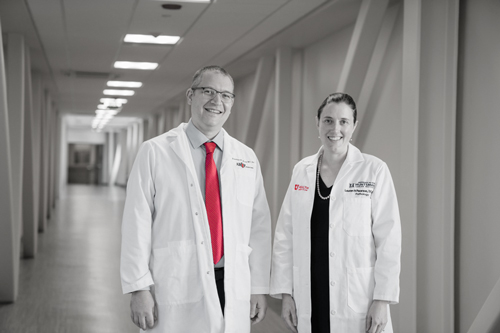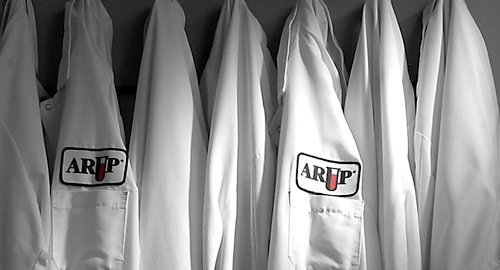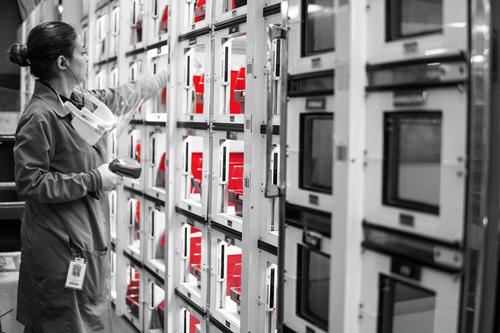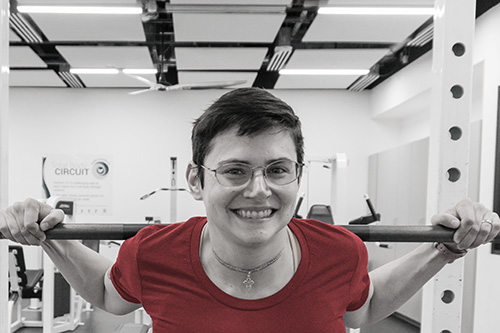Arsenic, Random Urine with Reflex to Fractionated
Ordering Recommendation
Preferred test for the assessment of acute or chronic arsenic exposure. This test is able to differentiate between toxic inorganic and methylated species as well as benign organic forms. Results are reported as total inorganic, total methylated, and organic arsenic.
New York DOH Approval Status
Specimen Required
Diet, medication, and nutritional supplements may introduce interfering substances. Patients should be encouraged to discontinue nutritional supplements, vitamins, minerals, nonessential over-the-counter medications (upon the advice of their physician), and avoid shellfish and seafood for 48 to 72 hours. High concentrations of iodine may interfere with elemental testing. Collection of urine specimens from patients receiving iodinated or gadolinium-based contrast media should be avoided for a minimum of 72 hours post-exposure. Collection from patients with impaired kidney function should be avoided for a minimum of 14 days post contrast media exposure.
Random urine.
Transfer an 8 mL aliquot from a well-mixed collection to ARUP Trace Element-Free Transport Tubes (ARUP supply #43116), available online through eSupply using ARUP Connect or contact ARUP Client Services at (800) 522-2787. (Min: 2 mL)
Refrigerated. Also acceptable: Room temperature or frozen.
Acid preserved urine. Specimens collected within 72 hours after administration of iodinated or gadolinium-based contrast media.
Ambient: 1 week; Refrigerated: 2 weeks; Frozen: 1 year
Methodology
Quantitative High Performance Liquid Chromatography/Quantitative Inductively Coupled Plasma-Mass Spectrometry
Performed
Sun-Sat
Reported
1-5 days
Reference Interval
| Test Number |
Components |
Reference Interval |
|---|---|---|
| Arsenic Urine - per volume | 0.0-34.9 µg/L | |
| Arsenic, Urine - ratio to CRT | 0.0-29.9 µg/g CRT |
Interpretive Data
The ACGIH Biological Exposure Index (BEI) for arsenic in urine is 35 µg/L. The ACGIH BEI is based on the sum of inorganic and methylated species. For specimens with elevated total arsenic results, fractionation is automatically performed to determine the proportions of inorganic, methylated and organic species.
This test was developed and its performance characteristics determined by ARUP Laboratories. It has not been cleared or approved by the US Food and Drug Administration. This test was performed in a CLIA-certified laboratory and is intended for clinical purposes.
Laboratory Developed Test (LDT)
Note
If total arsenic concentration is found to be elevated based on reference intervals, then Arsenic, Fractionated, will be added to determine the proportion of organic, inorganic, and methylated forms. Additional charges apply.
Hotline History
CPT Codes
82175; if reflexed, add 82175
Components
| Component Test Code* | Component Chart Name | LOINC |
|---|---|---|
| 0020207 | Creatinine, Urine - per volume | 35674-1 |
| 0025001 | Arsenic Urine - per volume | 30924-5 |
| 0025058 | Arsenic, Urine - ratio to CRT | 13463-5 |
Aliases
- As
- ASU
- Arsenic/Creatinine Ratio, Random, Urine
- Normalized Urine Arsenic
- Normalized Urine As
